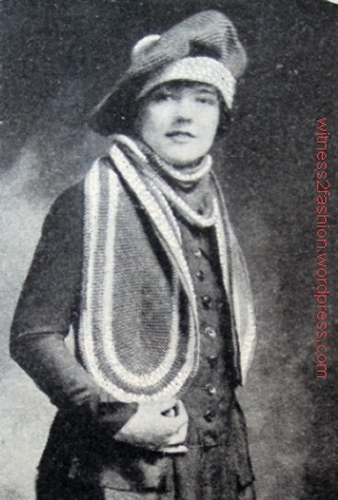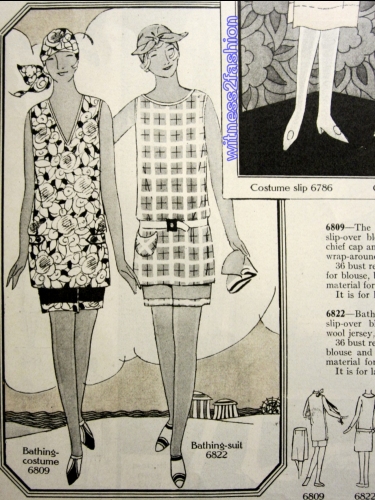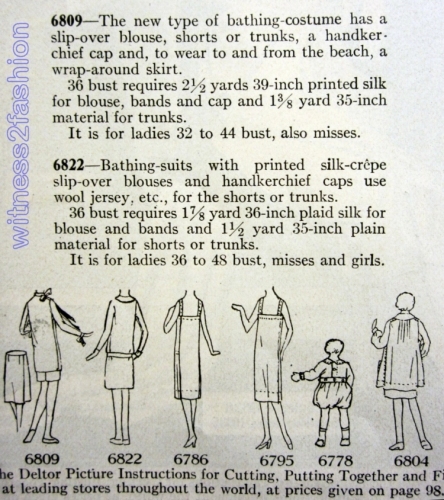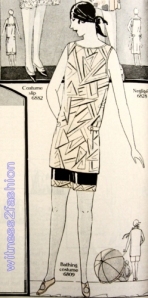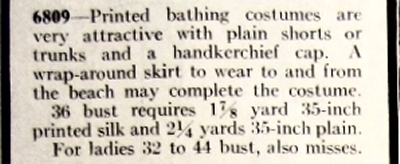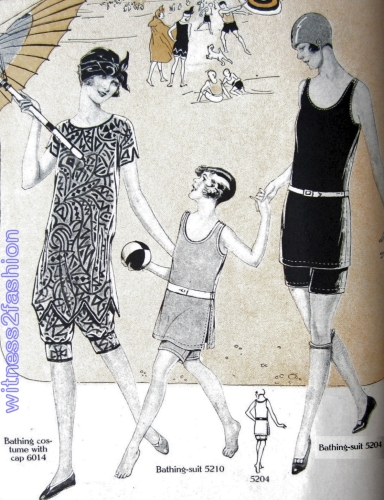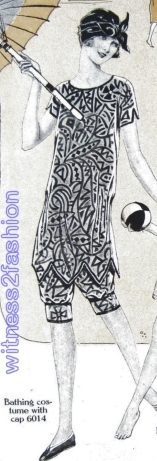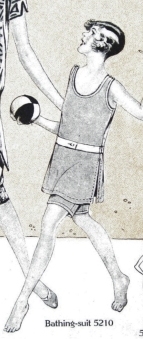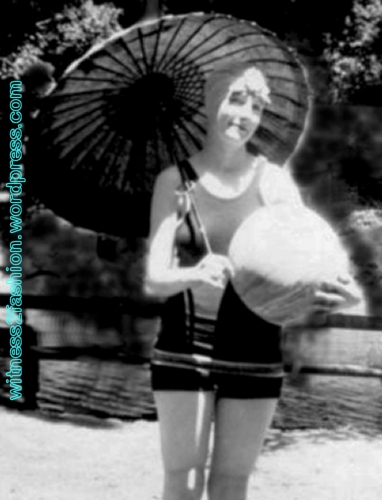Tam o’ shanters have been popular hats for women at several periods, including the turn of the century . . .
the World War I era . . .
the twenties, the thirties, the nineteen sixties, and into the twenty-first century:
Origins of the Tam o’ Shanter
The Tam-o’-Shanter (or Tam o’ Shanter) was originally a hat worn by Scottish men.
With them it entered the military . . .

A private in Crawford’s Highland Regiment, 1740, Illustrated by Pierre Turner. From Michael Barthrop’s British Infantry Uniforms Since 1660.
and became part of the official uniform of some regiments, like the Argyll and Sutherland Highlanders.
Tams and Berets
In its simplest form, a tam is just a round or oval piece of cloth gathered into a band around the head.
Some tams are made of two round pieces, or a round piece and a cylinder, stitched together around the circumference; the round hole in the lower piece can be eased into the band with or without gathering. This can produce a crisp look, as in this Vogue pattern illustration from 2004.
Vogue called this a beret in 2004; “tam-o-shanter” had disappeared from the current fashion vocabulary by then. Today, you can find tams – some with a 1920s look – at hats.com, but they are classified as berets, not tam o’ shanters.
Sometimes the words “tam ” and “beret” are used interchangeably, but a beret usually has a very narrow binding around the head, and a relatively small crown.
The tam o’ shanter usually has a wider band.
Also, the crown of a tam is much bigger than the band, and the tam is rarely symmetrical when worn by women; it tilts or droops to one side or to the back.
Both berets and tams can be worn with the band turned to the inside, where it isn’t seen:
Tams for Women, 1917
Tams were very popular with women’s fashions during the First World War. This Paris design “for very young women” is by Paquin, as famous in her day as Poiret or Patou:
Here, a Butterick coat pattern is accessorized with a tam (left):
In 1917, tams could reach rather extreme sizes, something like a chef’s toque (technically, a ‘toque” is any hat without a brim; since tam o’ shanters have no brim, the line between tams and toques can blur. Most fashion hats described as “toques” are more vertical than horizontal, lacking these huge crowns.)
Tams were also popular because they could be knitted or crocheted:
This young lady got really carried away and made a matching tam, scarf, and handbag trimmed with Vari-colored cross-stitch:
A knit tam could be rolled up and stuck in a pocket, which made them handy for wearing to school.
Both Delineator magazine and Ladies’ Home Journal encouraged their readers to economize during the First World War by making new clothes from worn-out or out-moded clothing. One Home Journal reader bragged that she salvaged enough fabric from her old velvet skirt to make tams for both of her daughters and a “small toque” for herself:
Her examples look very much like this soft tam (or toque?) from Delineator magazine:
Perhaps the model on the right is explaining that her clever mother made this soft velvet hat from an old skirt.















